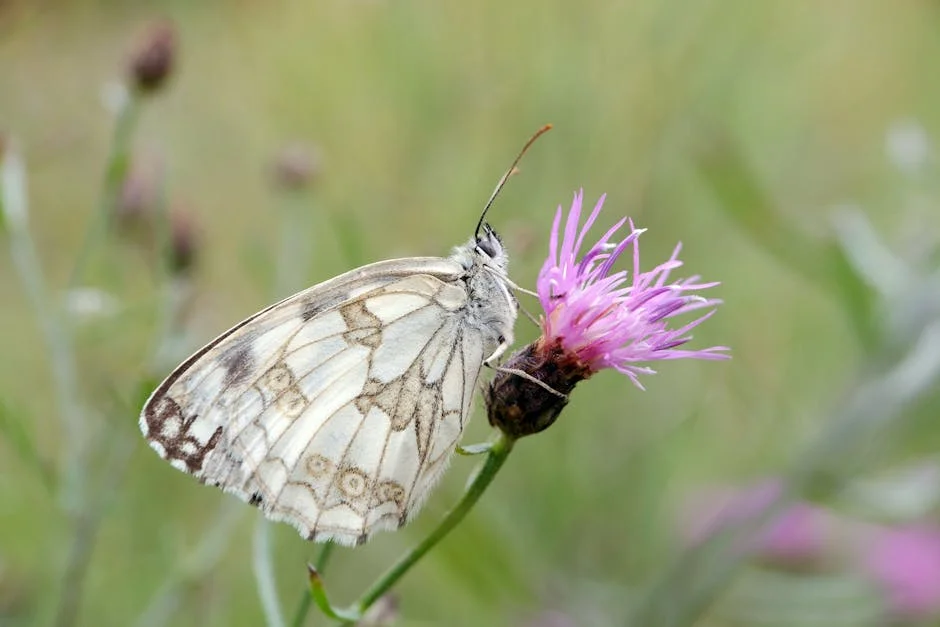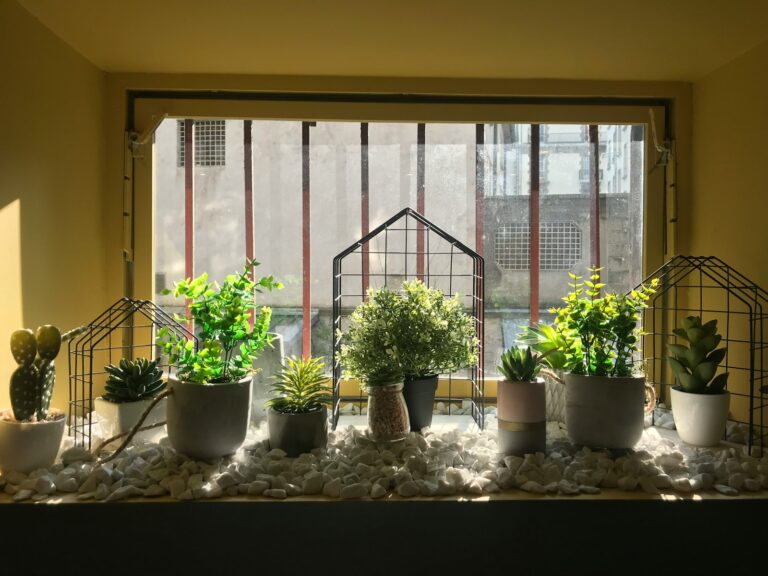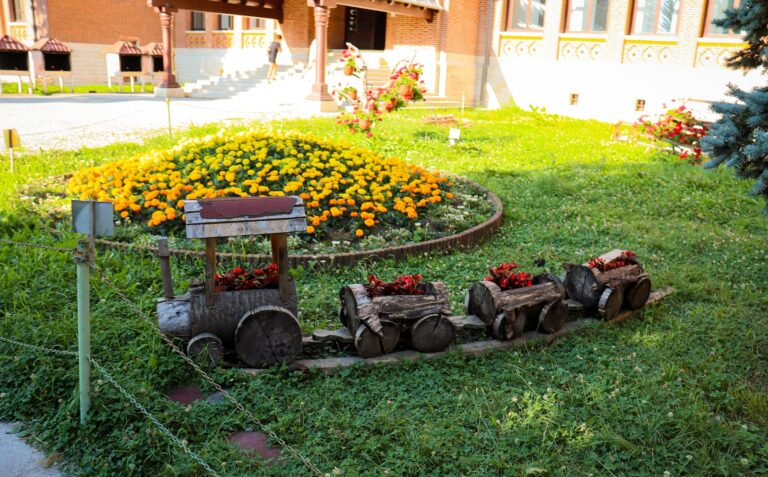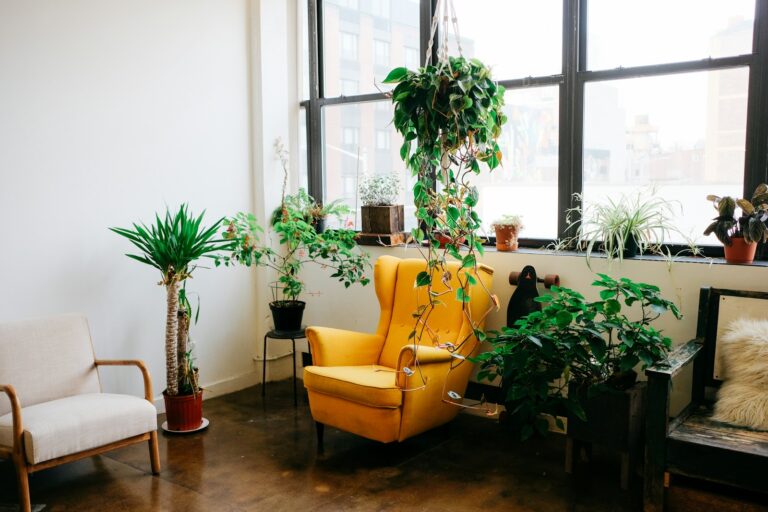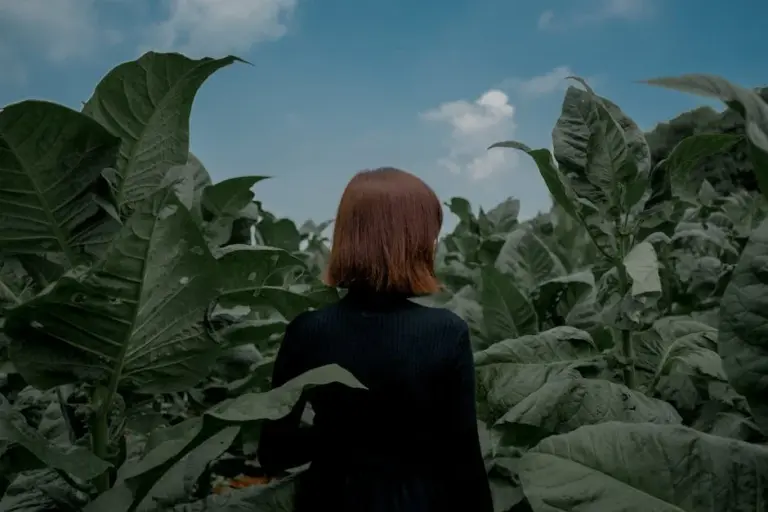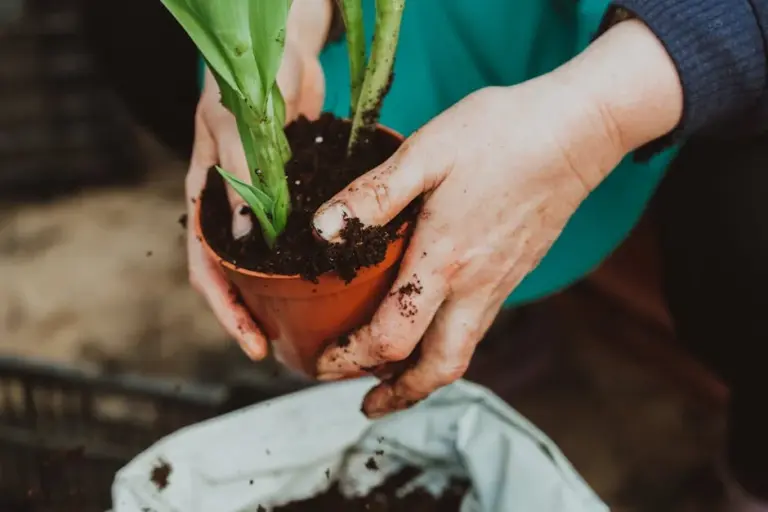Creating a Pollinator-Friendly Outdoor Garden for Vibrant Wildlife and Beautiful Blooms
Creating a pollinator-friendly garden is a great way to support bees, butterflies, hummingbirds, and other vital pollinators right in your own backyard. By planting a variety of native flowers that bloom throughout the seasons and providing shelter, you can help ensure these important creatures thrive. This not only boosts your garden’s health but also helps maintain local biodiversity.
You don’t need a large space to make a difference—small areas filled with the right plants can become buzzing hotspots for pollinators. Offering both nectar-rich flowers and host plants will attract different pollinator species and keep your outdoor space lively and colorful.
With a few thoughtful steps, your garden can become a welcoming place for pollinators, creating a natural balance and beauty you’ll enjoy all year round. Learn how to bring pollinators back with simple design ideas and plant choices that work with your environment.
Understanding Pollinators
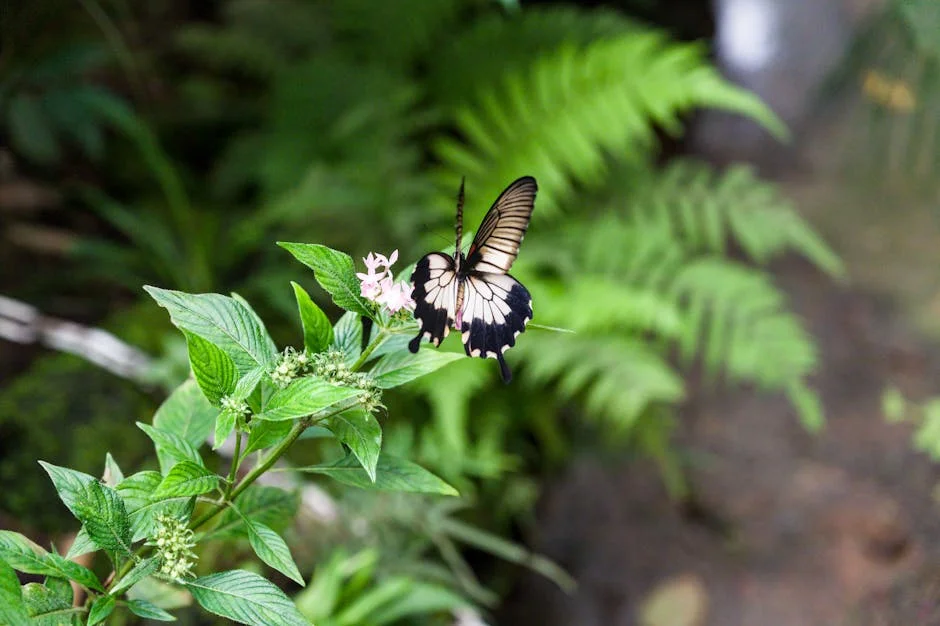
Pollinators come in many forms and each plays a distinct role in your garden’s health. Their activity directly influences the growth of fruits, flowers, and vegetables you enjoy. However, they face several challenges that can affect their populations and effectiveness.
Types of Pollinators
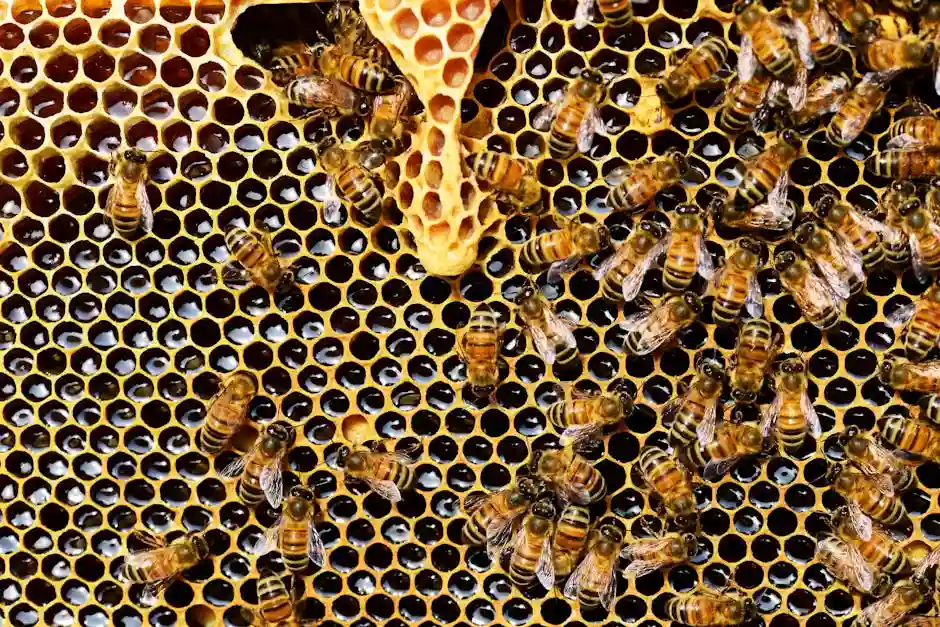
You might expect bees to be the main pollinators, and you’re right, but there’s more variety than you might think.
- Bees: The most important group, including honeybees, bumblebees, and solitary bees.
- Butterflies and Moths: These add beauty while transferring pollen as they feed on nectar.
- Beetles: Some beetles pollinate by visiting flowers for pollen and nectar.
- Flies: Certain flies, like hoverflies, mimic bees and help pollinate plants.
- Wasps, Birds, and Bats: Though less common in a typical garden, they can also contribute.
Each of these pollinators prefers different plants and environments, so diversity supports a wider range of them.
Essential Role in Gardens
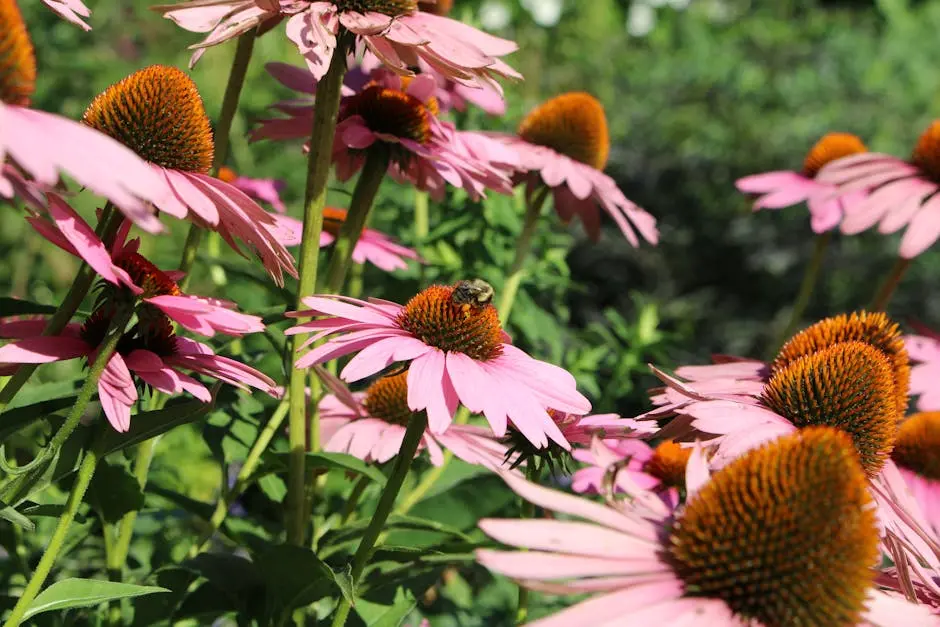
Pollinators are vital to your garden’s productivity. They transfer pollen between flowers, enabling fruit, seeds, and vegetables to develop. Without them, many plants can’t reproduce effectively.
Your garden benefits from pollinators in several ways:
- Increasing fruit set and size
- Improving seed production
- Supporting native plants that attract wildlife
Pollinators also enhance the natural beauty of your garden by helping plants thrive and bloom. Providing a variety of blooming plants throughout the growing season supports their ongoing activity.
Common Pollinator Challenges
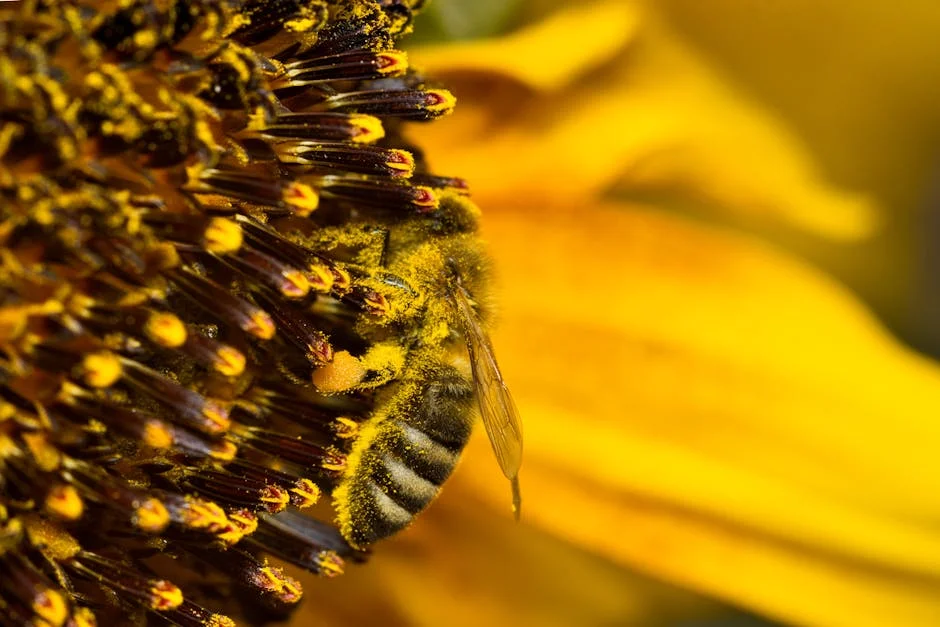
Pollinators face multiple threats that can impact their presence in your garden. Understanding these can help you create a safer space for them.
- Habitat Loss: Urban development and intensive farming reduce nesting and feeding sites.
- Pesticides: Chemicals can harm or kill pollinators directly or disrupt their ability to forage.
- Diseases and Parasites: Bees, especially, suffer from mites and fungal infections.
- Climate Change: Changes in weather patterns affect flower availability and pollinator behavior.
You can mitigate these challenges by offering nesting sites, avoiding harmful chemicals, and planting a variety of native, pollinator-friendly plants found in guides like the one on Pollinator Conservation in Yards and Gardens.
Designing Your Pollinator-Friendly Garden
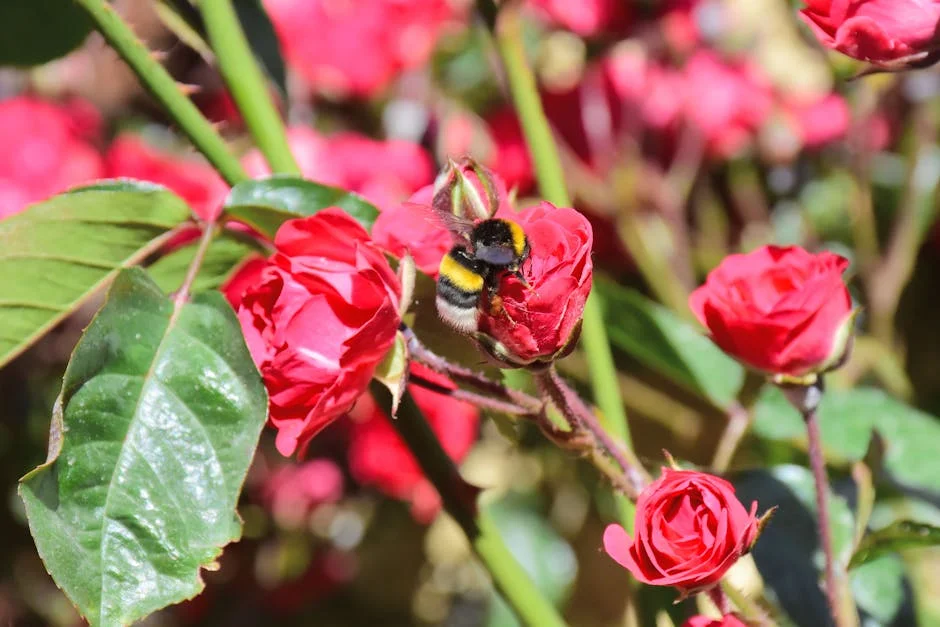
To build a garden that truly supports pollinators, think carefully about where you place your plants and how you structure the space. Providing shelter, access to water, and arranging your garden thoughtfully will encourage a variety of pollinators to visit and stay.
Choosing the Best Location
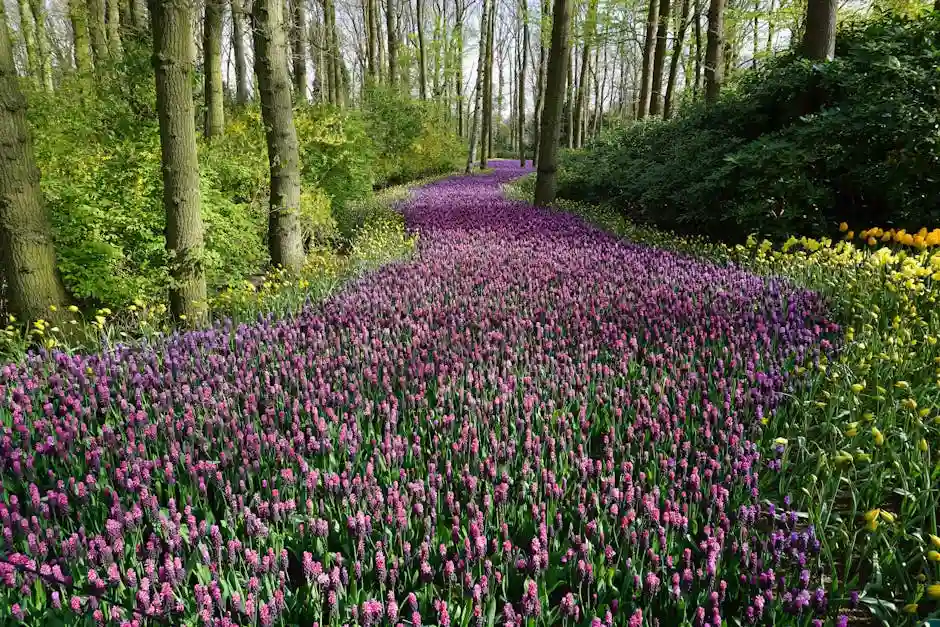
Pick a spot in your yard that gets at least six hours of sunlight daily. Most pollinator-friendly plants need full sun to thrive and produce abundant flowers.
Avoid areas with strong winds as they can make it difficult for pollinators like bees and butterflies to visit.
If possible, position your garden near existing natural areas to help pollinators travel easily between habitats.
Make sure your garden is away from heavy pesticide use, which can harm insects.
Garden Layout for Maximum Impact
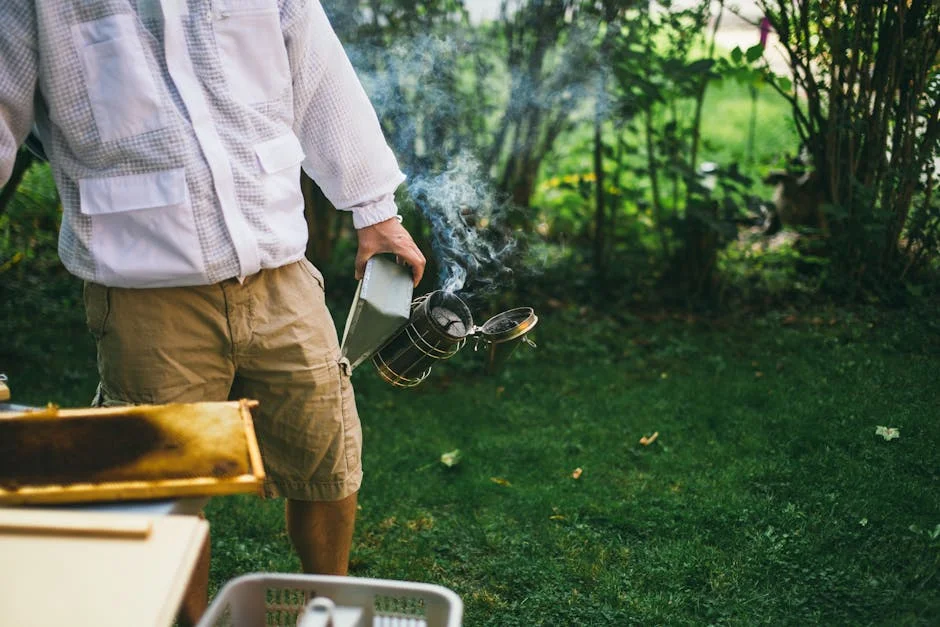
Arrange plants in clusters rather than scattered individuals. Grouping the same species helps pollinators find food sources easily.
Include a variety of plant heights and flower shapes to attract different types of pollinators, such as bees, butterflies, and hummingbirds.
Plan for continuous blooming by choosing plants with staggered flowering times. This gives pollinators a reliable food supply throughout the growing season.
Use curved or irregular shapes in your garden beds to create natural edges that pollinators prefer over straight lines.
Creating Shelter and Habitat
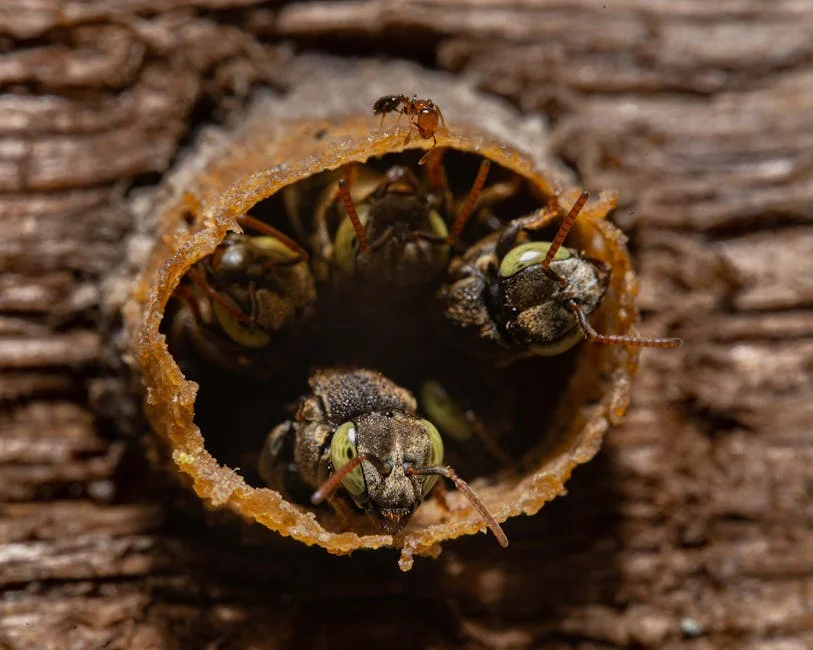
Provide nesting sites by leaving some bare soil patches for ground-nesting bees. Avoid heavy mulching over these areas.
Incorporate dead wood, brush piles, or hollow stems for cavity-nesting species. These materials act as safe homes or breeding sites.
Add native plants that produce seeds and berries to support pollinators through different life stages.
Try to keep some parts of your garden wild or undisturbed to offer natural shelter from predators and harsh weather.
Incorporating Water Sources
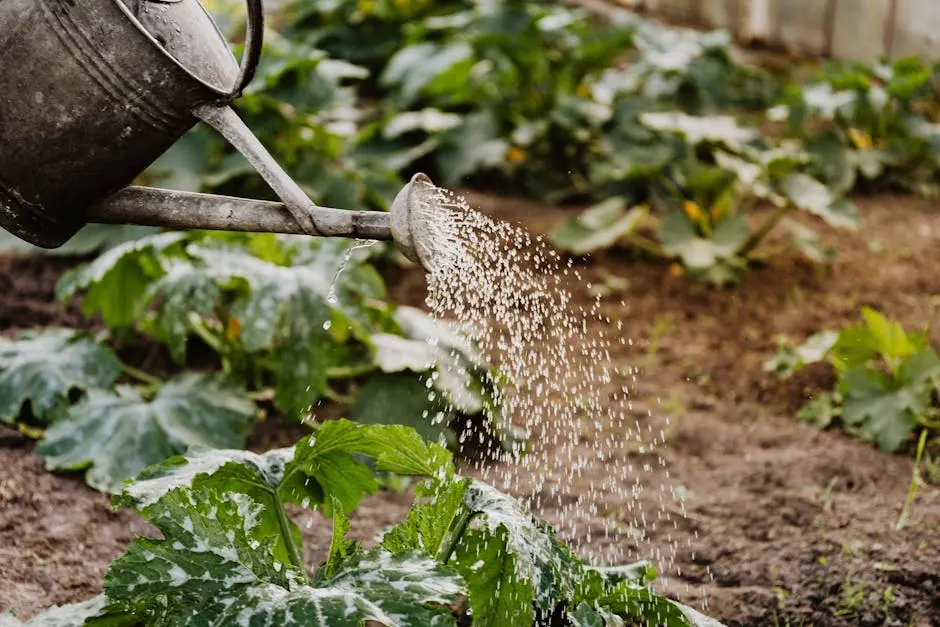
Offer clean, shallow water dishes or birdbaths with stones or floating sticks for insects to land on.
Place water sources close to flowering plants, so pollinators don’t have to travel far.
Keep water refreshed regularly to prevent mosquito breeding and maintain safety.
Natural features like small ponds or rain gardens can also serve as water spots, attracting a variety of pollinators.
Selecting Plants for Pollinators
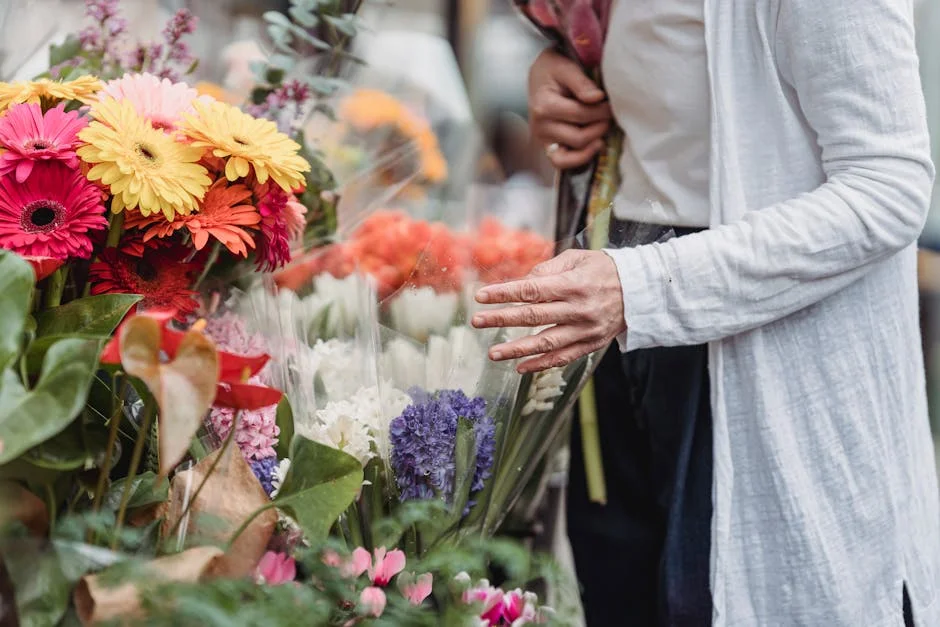
Choosing the right plants can make your garden a haven for pollinators. Think about plants that thrive locally, bloom at different times, and have colors and shapes that attract bees, butterflies, and other pollinators. This approach ensures a continuous food source and creates an inviting space for various species.
Native Flower Choices
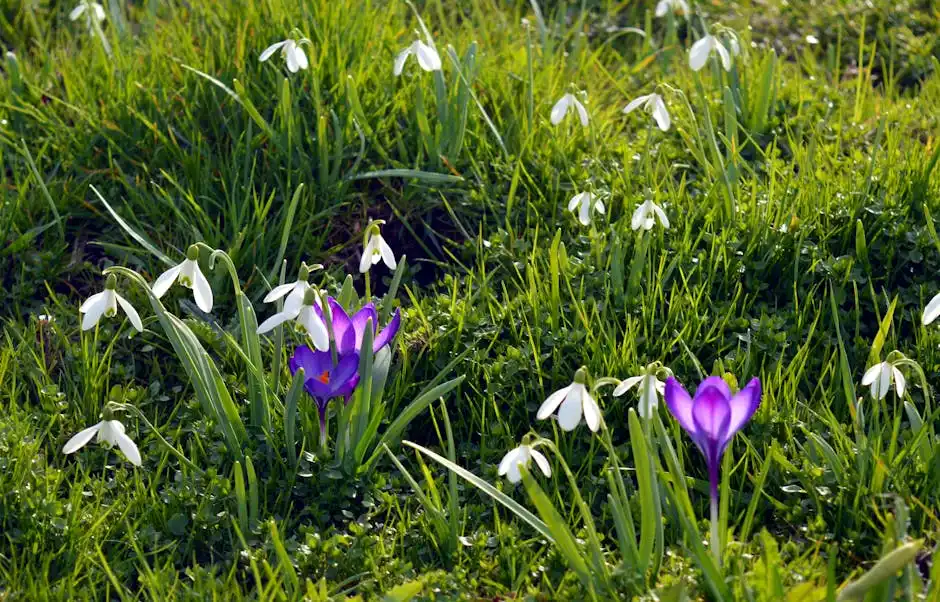
Native plants are the foundation of a pollinator-friendly garden because local pollinators have evolved alongside them. Using plants native to your region supports the specific insects and birds that depend on those species for nectar and pollen.
Some common native choices include coneflowers, milkweed, and goldenrod, which provide essential nutrients. Native plants usually need less water and care, making your garden easier to maintain. You can find native plant guides tailored to your area from resources like the Eastern Broadleaf Forest Plant Guide.
Incorporating a variety of native species will attract a diverse group of pollinators and support a balanced ecosystem in your garden.
Bloom Times and Seasonality

To support pollinators year-round, plant species that bloom at different times—from early spring to late fall. This provides continuous food as different pollinators emerge throughout the seasons.
Start with early bloomers like crocus and columbine to help pollinators coming out of winter. Add mid-season flowers such as black-eyed Susan and bee balm for the summer months. Finish with late bloomers like goldenrod or asters to give pollinators food before winter.
Creating a bloom calendar for your garden helps you plan so there are always flowers available. This steady supply keeps pollinators healthy and active longer, improving pollination in your garden.
Color and Shape Preferences
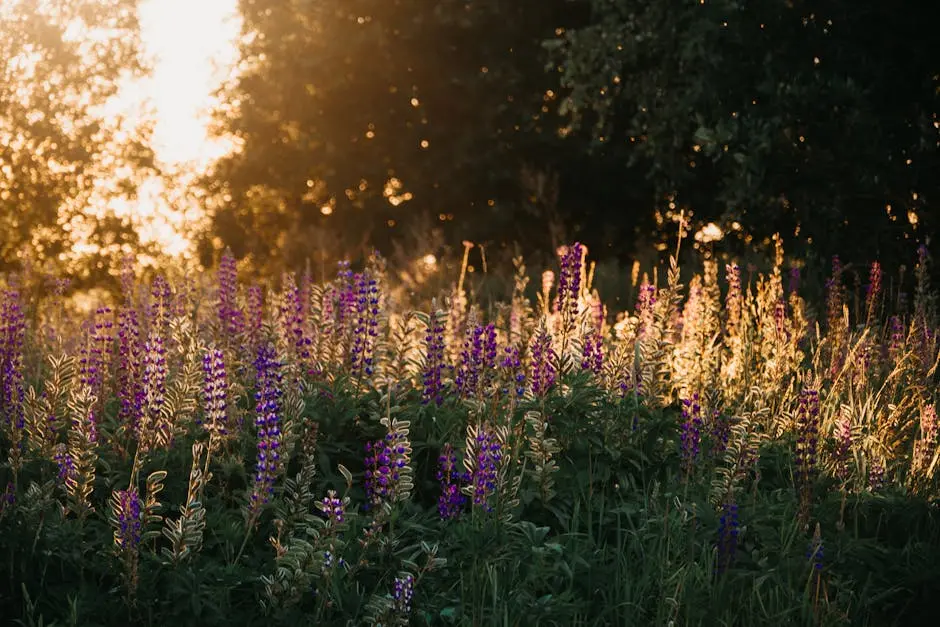
Pollinators are attracted to specific flower colors and shapes. Bees prefer blue, purple, and yellow flowers with shapes that give easy access to nectar and pollen, like bell-shaped or tubular blooms.
Butterflies are drawn to bright colors like red and orange and prefer flat-topped flowers that provide landing platforms. Hummingbirds seek out tubular, brightly colored flowers, especially reds and pinks.
Including flowers with a mix of colors and shapes enhances your garden’s appeal. For example, plant tubular bee balm alongside broad, flat milkweed flowers to attract multiple pollinator types. This diversity can increase pollinator visits and improve garden health.
Maintaining a Healthy Garden Environment

Creating a thriving pollinator garden means paying attention to the health of your plants and soil. You want to provide a safe, nourishing space for pollinators without introducing harmful substances or damaging practices. Focusing on natural methods and good soil care helps sustain this environment over time.
Organic Gardening Practices
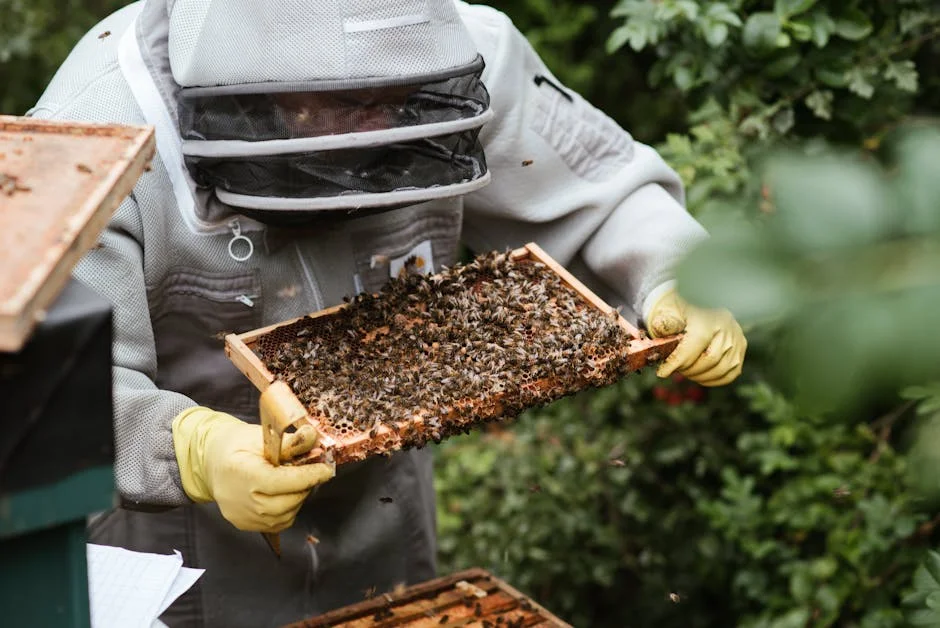
Using organic gardening methods helps keep your garden safe for pollinators and other wildlife. Avoid synthetic fertilizers and pesticides, and instead choose natural alternatives like compost and mulch.
Composting adds nutrients slowly and improves soil structure. Mulching retains soil moisture and reduces weeds naturally. Hand-picking pests or introducing beneficial insects like ladybugs can control harmful bugs without chemicals.
Regularly rotating your plants prevents soil depletion and reduces disease spread. You’ll notice healthier plants and more pollinator visits when you maintain these organic habits.
Avoiding Harmful Chemicals

Many gardening chemicals can harm pollinators directly or contaminate their food sources. Avoid using neonicotinoid pesticides, which are particularly toxic to bees.
If you must treat pests, choose organic insecticides labeled as safe for pollinators and apply them in early morning or late evening when pollinators are less active. This timing reduces exposure and risk.
Always check product labels carefully. Even some herbicides can upset the balance of your garden ecosystem by killing essential flowering plants pollinators rely on. Keeping chemicals out is the best way to protect your garden visitors.
Supporting Soil Health

Healthy soil is the foundation of a vibrant pollinator garden. You can improve soil health by adding organic matter like compost or well-rotted manure regularly.
Consider testing your soil to understand its nutrient levels and pH. Most pollinator-friendly plants prefer slightly acidic to neutral soil (pH 6.0-7.0).
Here’s a simple soil care checklist:
- Add compost or organic amendments at the start and mid-season
- Avoid heavy tilling to protect beneficial soil organisms
- Water deeply but infrequently to encourage strong root systems
By nurturing your soil, you help plants grow stronger and produce more flowers that attract pollinators year after year. Learn more about practical steps for soil enrichment from this guide on building a pollinator garden from U.S. Fish & Wildlife Service.
Inviting Pollinators Throughout the Year
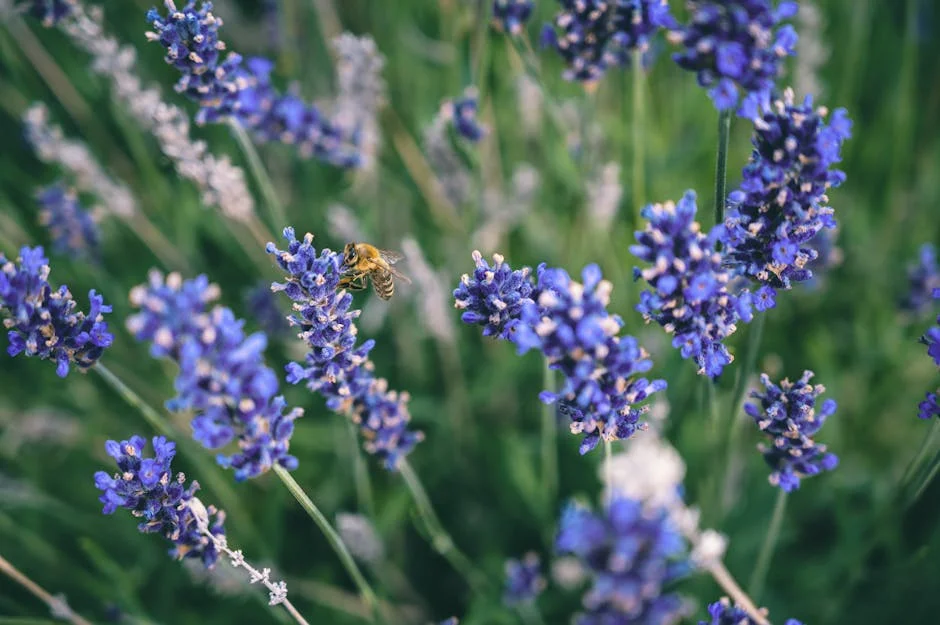
To keep pollinators visiting your garden all year, focus on providing a mix of plants that bloom in different seasons and create safe spaces for shelter. Planning this way supports pollinators through changing weather and food availability.
Attracting Pollinators in Different Seasons
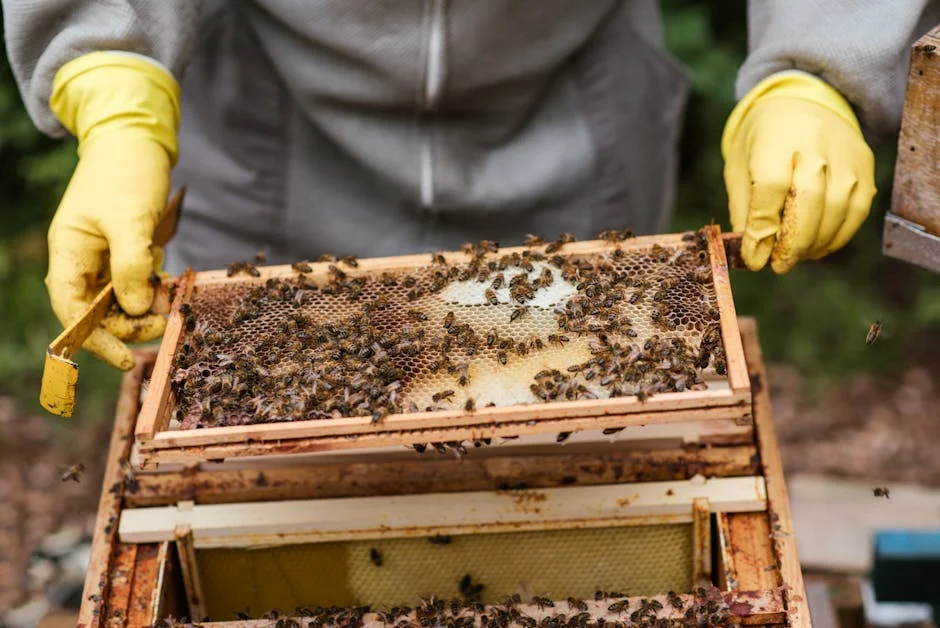
Choose plants that bloom at various times to ensure nectar and pollen are always available. In spring, include early bloomers like crocuses and native wildflowers to feed emerging bees and butterflies. Summer favorites like coneflowers and bee balm attract a wide variety of pollinators.
For fall, plant goldenrod or asters to provide late-season food. In winter, consider shrubs with berries, like holly or serviceberry, for birds and insects that remain active. You can also include native plants, which tend to be better for local pollinators throughout the year.
Providing Food and Shelter Year-Round

Pollinators need both food and safe places to rest or nest. Leave some bare soil or undisturbed ground for ground-nesting bees. Include hollow stems or bundle small sticks for mason bees and other cavity nesters.
Mulch lightly in late fall to protect overwintering insects without smothering them. You can also add bee houses or butterfly boxes to offer additional shelter. Having a water source, like a shallow birdbath with stones, helps pollinators stay hydrated. Combining these features creates a welcoming environment all year long.

